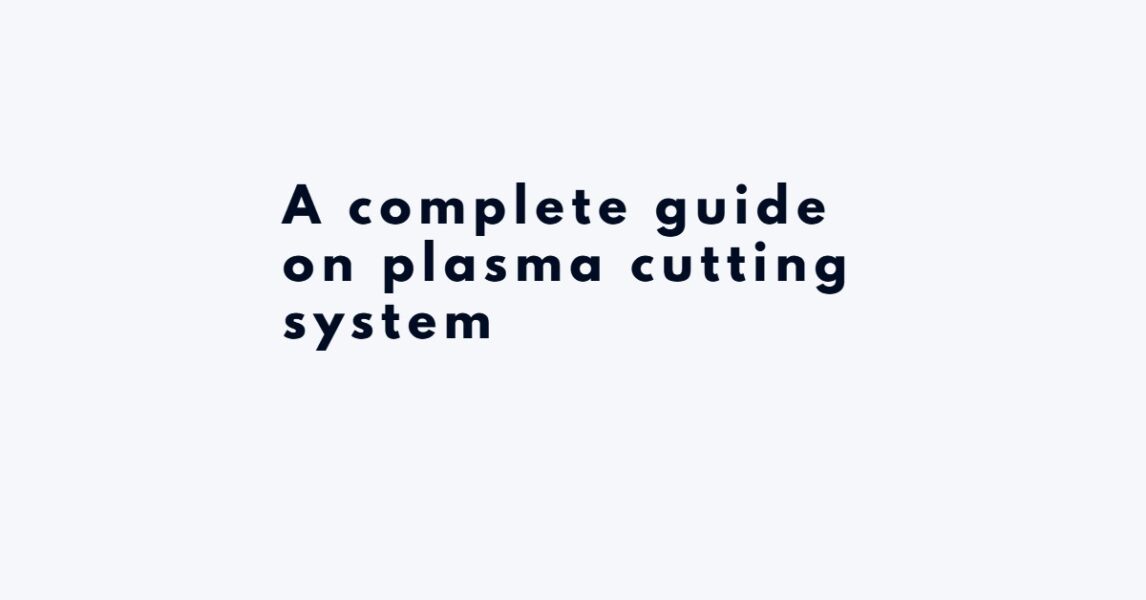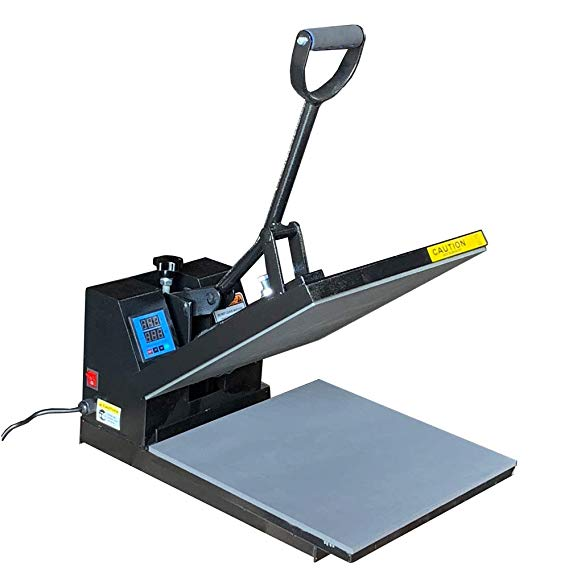A complete guide on plasma cutting system
Plasma cutting is a technology process that uses an electric arc to melt a jet of ionized gas or metal the workpiece kerf and remove the melted metal from the kerf utilizing the momentum of plasma at high speed. The process can also be termed plasma arc cutting due to the heat involved in striking between the anode and cathode.
The machine used in plasma cutting is known as the plasma cutter. It cuts various metals that are electric conductors like; brass, copper, aluminium, stainless steel, steel, etc. The machine uses an electrically conductive gas to pass energy from the source of electric power to the metal, which is cut through the plasma cutting torch.
How plasma cutter works
Plasma cutters create a plasma arc by ionizing the atoms using a DC voltage in heating the air compressed at a very high-temperature condition. The plasma arc flows in the cutting tip under a small hole at a temperature variant of 25,000 to 30,000 degrees Fahrenheit.
It gives out a comparative result and is always focused as compared to the cutting of oxy-fuel. The molten metal is expelled away by the small jet of plasma, which melts it while pushing it through the cutting machine.
Applications of plasma cutting
Plasma cutters can be put into two different types: mechanized plasma cutters and manual plasma cutters.
i) Mechanized plasma cutter; This plasma cutter is used to combine cutting tables and is unified with a robot, laser cutting and punching. The table used determines the size of the Mechanized plasma to be employed.
You should put all the components that you require before installing the machine since the system does not move; hence many complications at the time of installation.
ii) Manual plasma cutter; Is used in hardware or workshops for;
a)Welding and manufacturing.
b) Maintenance of the factory.
c) Processing thin metals.
d) Maintenance in the agricultural sectors.
e) Servicing metals in metal service centres.
f) Maintenance of the factory.
The procedure of setting up a plasma cutter
i)Join your plasma cutter machine to the air compressor that best suits the plasma cutting operation.
ii) Connect the machine to a 240 or 415 voltage supply.
iii) Combine the workpiece with the earth lead.
iv) Join the torch (plasma torch) to the plasma machine.
v) Choose the number of cutting amperage considering the type of material, whether thick or thin. I.e. Less amperage for thin materials while more amperage for viscous materials.
vi) Turn on the switch in the torch handle across the work while the plasma arc is cutting the metal, at its middle or edge, depending on where you want to start with. Use the template and the cutting kit to make some unique sizes, shapes, and perfect circular circles, respectively.
Factors determining the types of plasma cutting machine to use
You should have some considerations if you want to know the type of plasma cutter which best suits your application.
i)The thickness or thinness of the metal you would like to cut.
ii) The type of voltage you already have in the workshop, whether 240 or 415 Voltage.
iii) Adequate source of compressed air to the plasma cutter.
Characteristics of the best plasma cutter
i)A good plasma cutter should supply an equal amount of voltage current from the power source.
ii) A good plasma cutter should have an inbuilt filter to remove the impurities from the cutting metal through the air feed.
iii) The speed of the plasma machine should vary with the metal thickness.
Advantages of plasma cutting
1.Plasma cutting perform well in the cutting of small and medium mild, thick steel
2. Plasma helps in the automotive industry.
3. Plasma can be applied to one or more burners. The system only depends on the series used.
4. It controls the level of noise and heat when used underwater in workshops.
5. Plasma helps in cutting all materials which are good conductors of electricity.
6. It uses a low amount of heat put in cutting steel of high strength.
7. It has a higher cutting speed than oxy-fuel.
8. It helps cut aluminium and steel metals of the high alloy under large and medium thickness.
9. It helps in the processing of high-quality blanks for thick and medium sheet metals.
Disadvantages of plasma cutting
1.Plasma cutting consumes a lot of power.
2. Dry cutting causes noise pollution.
3. It is restricted to operate up to 120mm and 180mm for underwater and dry cutting.
4. It is more expensive than other cutting machines such as oxyacetylene.
5. It has a slightly wider kerf.
6. Lasers provide higher cutting quality than the plasma cutter.
Conclusion
Plasma cutting is an essential technology in the modern world, and it helps in many applications. You should understand the procedure of setting the machine and its working principles before installing it to know if it will suit your application.






